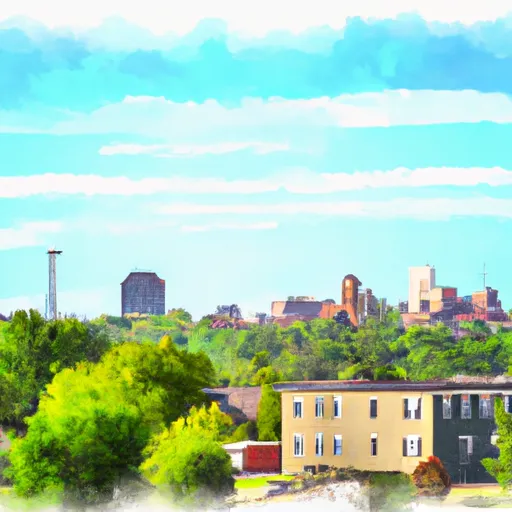°F
°F
mph
Windspeed
%
Humidity











Myrtle, Missouri is a charming small town situated in the southern part of the state. Known for its picturesque landscapes and pleasant climate, Myrtle enjoys a humid subtropical climate, characterized by hot and humid summers and mild winters. Summers are typically long with temperatures ranging from the mid-80s to low 90s Fahrenheit, while winters are mild with temperatures averaging in the mid-40s.
The town of Myrtle is blessed with abundant water resources, including the Jacks Fork River and the nearby Ozark National Scenic Riverways. These waterways provide a wealth of hydrology constituents, offering opportunities for fishing, boating, and swimming. The crystal-clear waters are teeming with various fish species, making it a haven for anglers.
In addition to its water-based recreational activities, Myrtle offers several other outdoor pursuits. The surrounding region is ideal for hiking, camping, and exploring the scenic beauty of the Ozark Mountains. Visitors can take advantage of the numerous trails that wind through the lush forests, offering breathtaking views and opportunities to spot wildlife.
Overall, Myrtle, Missouri is a haven for outdoor enthusiasts, offering a pleasant climate, abundant water resources, and a range of recreational opportunities for individuals and families alike.
Weather Forecast
Myrtle receives approximately 1179mm of rain per year, with humidity levels near 85% and air temperatures averaging around 14°C. Myrtle has a plant hardyness factor of 7, meaning plants and agriculture in this region tend to thrive during the non-winter months.
Regional Streamflow Levels
10
Cubic Feet Per Second
146
Cubic Feet Per Second
112
Cubic Feet Per Second
193
Cubic Feet Per Second
Nearby Camping
| Camping Area | Reservations | Toilets | Showers |
|---|---|---|---|
| Lake End Park | |||
| Chicot County RV Park | |||
| Oak Grove City Park | |||
| Farr Park | |||
| Kemper Williams Parish Park | |||
| Natchez State Park |



